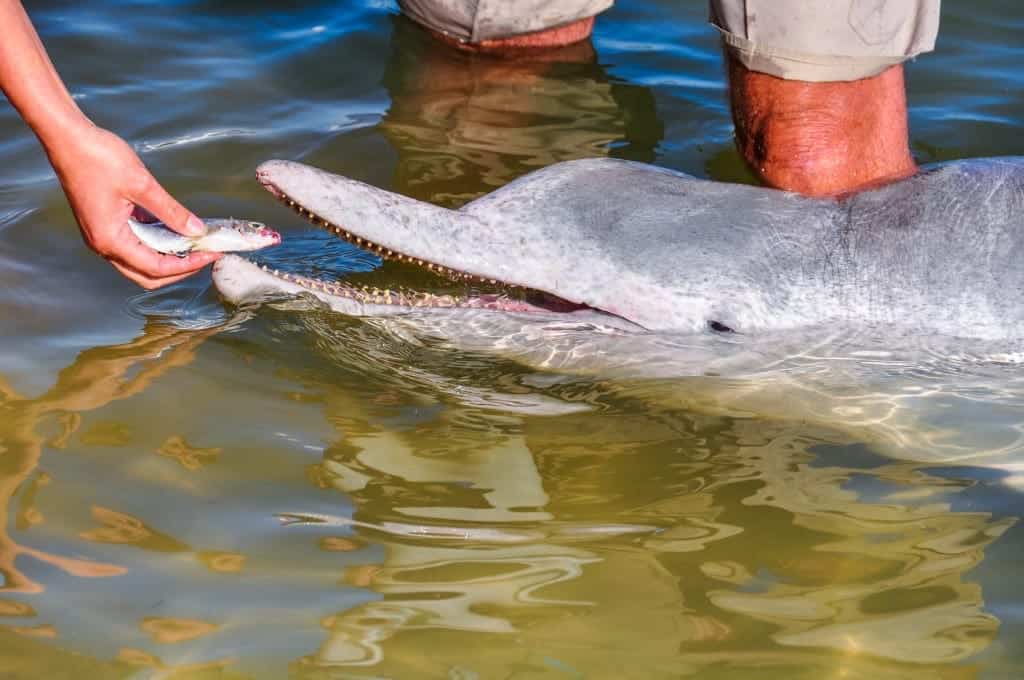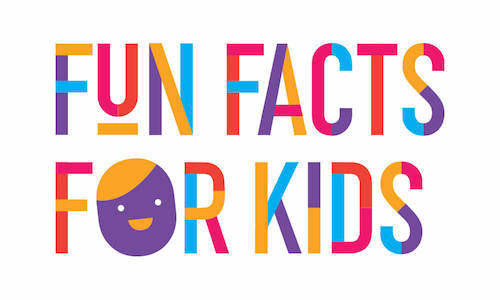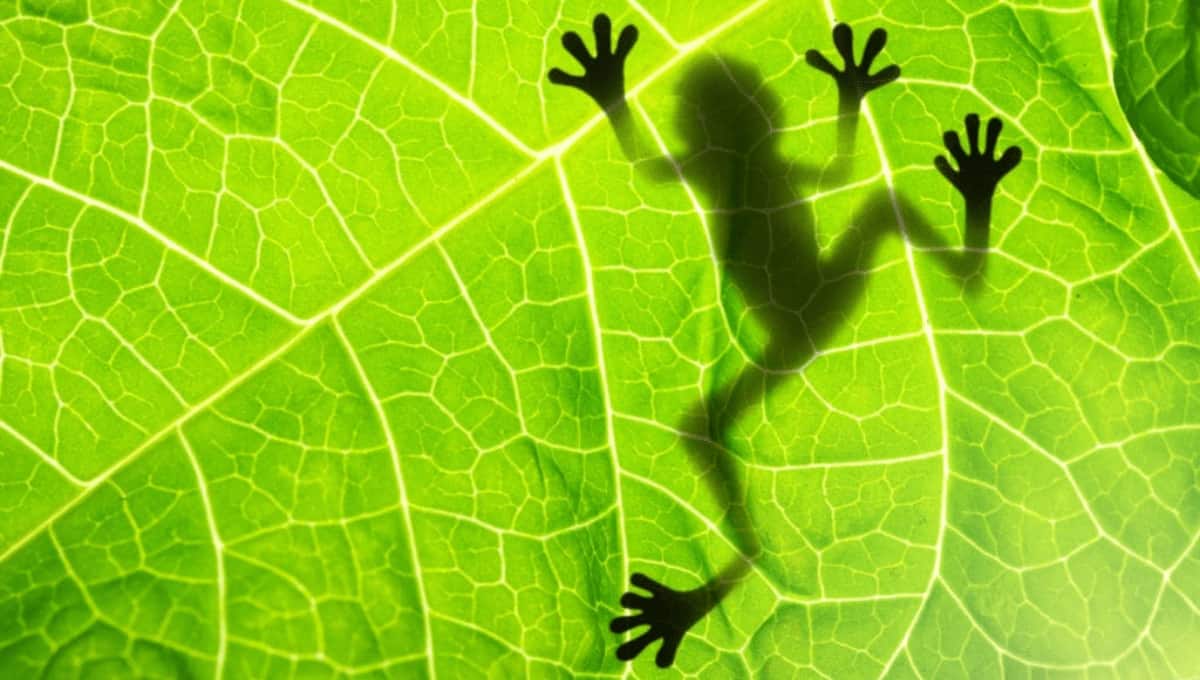Are you doing a school project on endangered animals? These endangered animals facts for kids will help you quickly find out about the Australian and international animals at risk.
Do you have an animal lover in your family? Looking for some tips or information on endangered animals for a possible project for school – then hopefully this resource will help get you started.
WHAT ARE ENDANGERED ANIMALS?

We all love animals and are fascinated by their ability to live in very different environments to those that us humans enjoy. For years we have been amazed by animals living in different habitats such as the jungle, or in very cold (and hot) conditions or even flying in the trees! A vast number of us have pets at home so we can study these beautiful creatures up close. We look after them, feed them, water them, give them lots of attention and cuddles.
Unfortunately, the world is often affected by a number of issues that adversely affect our wild animals. This, for example, could be their natural habitat being destroyed by big weather events (for example in Australia, significant bush fires). Habitats can be destroyed to make way for building or land development to build houses. Poachers are people who hunt animals for items such as elephant tusks which can then be made into expensive goods to sell. All of these events can affect the animal population.
Endangered animals are those that are particularly diminished in numbers that, if not protected, could become extinct (no longer living).
Check out these great endangered animals books for kids!
WHAT IS EXTINCTION AND HOW DOES IT AFFECT US?
Extinction is a word used to describe something that no longer exists. In the animal world, this means that a type of animal has been so badly affected that their numbers have diminished over time and are no longer in existence. Can you imagine a world where there are no monkeys? Or a world without any dogs? This unfortunately has been the reality over many years.
But why should we care? Well, habitats (the area in which animals live and find food), when destroyed not only affects animals. Animals help the environment. Otherwise known as an ‘ecosystem’, the balance of humans, animals and plants all working together provides a healthy environment for all. When one group of animals becomes extinct, it upsets this balance and the ecosystem is in danger of becoming unhealthy.
WHAT IS MASS EXTINCTION?
Sadly, many animals have become extinct over thousands of years. Sometimes this has been in a very specific smaller area where the habitat has been destroyed or a poacher has hunted the animal to extinction, or where the creature has become too weak to survive. There have, on occasions in history, been evidence of ‘mass extinction’.
One such example relates to dinosaurs. These fabulous creatures walked (or flew/swam) the earth some 215 million years ago. They existed for many millions of years but suddenly an event occurred which wiped them out (mass extinction). It is thought that this was possibly due to an asteroid strike but the result was that the creatures became extinct. The world beyond these years was very different and who knows what life would be like now had they remained.
ENDANGERED ANIMALS LIST

How do we know which animals are likely to become extinct? Well back in 1964, The International Union for Conservation of Nature (IUCN) was set up. IUCN Red List of Threatened Species contains lists of animals that are identified as being in danger. It also provides a list of plants and fungi that are also endangered.
The list is updated many times every year and other organisations around the world use this list to try and resolve problems in their own country. As of today, 142,500 various species have been assessed and information provided on the IUCN Red List. The Red List not only contains information about various species that are in danger, but also provides the guidance on what action needs to be taken.
The Red List contains a number of categories that each species that is identified falls into (from the most urgent to the to those of least concern). The categories are:
- Extinct (EX)
- Extinct in the Wild (EW)
- Critically Endangered (CR)
- Endangered (EN)
- Vulnerable (VU)
- Near Threatened (NT)
- Least Concern (LC)
- Data Deficient (DD)
- Not Evaluated (NE)
The top two categories shows that the species is extinct in some form. The next three (Critically Endangered, Endangered and Vulnerable) are those that are of most concern and steps should be taken to avoid extinction. These three categories are also referred to as ‘threatened’.
WHEN IS A SPECIES CONSIDERED TO BE ENDANGERED?
There has to be some rule that shows when a species is endangered. Criteria used is based on five areas which includes population reduction rate, geographic range, population size, population restrictions and the probability of extension.
For example, if the population is less than 250 mature (not babies) the species is considered ‘critically endangered’. If the population is less than 10,000 mature, then they are considered vulnerable but not at the critical level. Likewise, if the population has deteriorated by between 30-50% in the last 10 years, (or three generations of the species) they are considered vulnerable.
The environment/habitat in which the species lives is also considered when looking at their endangered criteria. If the area of occupancy (where they live) is less than 20 square kilometres and less than 1,000 mature individuals within that area, the species is considered vulnerable. The probability of extinction is calculated to be 10% within 100 years. There are a number of rules applied for the various categories to be used and this can be located within the National Geographic information for endangered species.
THE WORLD’S TOP 10 ENDANGERED ANIMALS LIST

So, who is currently taking up the top 10 lists and who should we be most concerned about? The list covers any number of animals, birds, amphibians (frogs/toads), plants, etc.
Below is the list of the world’s top 10 who need the most care and attention:
- Javan Rhinocerous: 60 left in the world.
- Vaquita: small dolphin located in Mexico – critically endangered
- Mountain Gorilla: Numbers improved in 2008, but still considered endangered.
- Tiger: Estimated to be 3,500 left in the world.
- Asian Elephant: Population declined by 50% in the last 75 years.
- Orangutans: Endangered due to the destruction of the rainforest.
- Leatherback turtles: Population is decreasing and are considered ‘vulnerable’.
- Snow Leopards: Approximately less than 7,000 left in the world.
- Irrawaddy Dolphins: Significant decline in recent years
- Bluefin Tuna: Severely declined due to illegal fishing/over fishing in recent years.
AUSTRALIA’S MOST ENDANGERED ANIMALS

Sadly, in recent times due to the raging bush fires and floods in and around Australia, the Koala has been added to the list of endangered species.
The top ten Australian endangered animals:
- Numbat: A small to medium sized marsupial affected by a decline in their termite diet.
- Gouldian Finch: A small bird that is being affected due to the change in habitat.
- Mountain Pygmy-possum: Affected by climate change.
- Regent honeyeater: A beautiful yellow bird affected by a declining habitat.
- Orange-bellied parrot: Only 50 adults living in the wild.
- Northern Quoll: A marsupial sadly affected by bush fires.
- Woylie: Looks very similar to a rat. Affected by other species leading to their decline.
- Eastern Curlew: Declining due to habitat destruction.
- Black-flanked Rock-wallaby: Threatened due to changes in habitat and fire destruction
- Purple-crowned Fairy wren: Also threatened due to changes in habitat and fire destruction.
CAN ANIMALS MAKE IT OFF THE ENDANGERED ANIMALS LIST
In short, yes!
Including such giants as some species of the Panda Bear and Grizzly Bear have both made it off the list as the numbers have vastly improved. This is down to conservation projects in areas that help to address the issues that lead to reducing numbers. Breeding programs, conservation teams and fund-raising have all contributed to these success stories over the years and continue to this day.
IN WHAT WAYS CAN WE HELP PROTECT ENDANGERED ANIMALS
There are many numbers of organisations that directly assist with fund-raising or raise profiles of those animals who are in danger including WWF where you can adopt an international animal or adopt an Australian animal.
We can also help protect our environment by using less harsh chemicals that can lead to destroying habitats.
Why not start in your own home – help feed some of the local wildlife with bird feeders for example.
Not littering! Yes, litter can cause all sorts of problems for wildlife from plastic items not disposed of properly which can get entangled with animals (fishing lines, plastic bottles, etc).
Education – it sounds like the obvious, but people really don’t appreciate the affects that losing species and habitats can have on the world around us. Educating people can definitely help!
WHERE CAN I GET MORE INFORMATION?
There are a number of links throughout the article which is a good place to start.
If you are wanting more animal information, we have included other resources below (including activities).
MORE FACTS FOR KIDS
If you are looking for more great facts for kids to help with projects, check out our articles:
Animal facts for kids
- Quokka Facts for Kids
- Ant Facts for Kids
- Crocodile Facts for Kids
- Dolphin Facts for Kids
- Echidna Facts for Kids
- Bee Facts for Kids
- Australia’s Deadliest Animals Facts for Kids
- Cheetah Facts for Kids
- Kangaroo Facts for Kids
- Possum Facts for Kids
- Koala Facts for Kids
- Giant Panda Bear Facts for Kids
- Dog Facts for Kids
- Cat Facts for Kids
- Butterflies Facts for Kids
- Dingo Facts for Kids
- Turtle Facts for Kids
- Penguin Facts for Kids
- Whale Facts for Kids
- Wolf Facts for Kids
- Sustainability Facts for Kids
- Recycling Facts for Kids
- Dinosaur Facts for Kids


its so upsetting knowing that some of the animals that we love the most could some day never be there at all